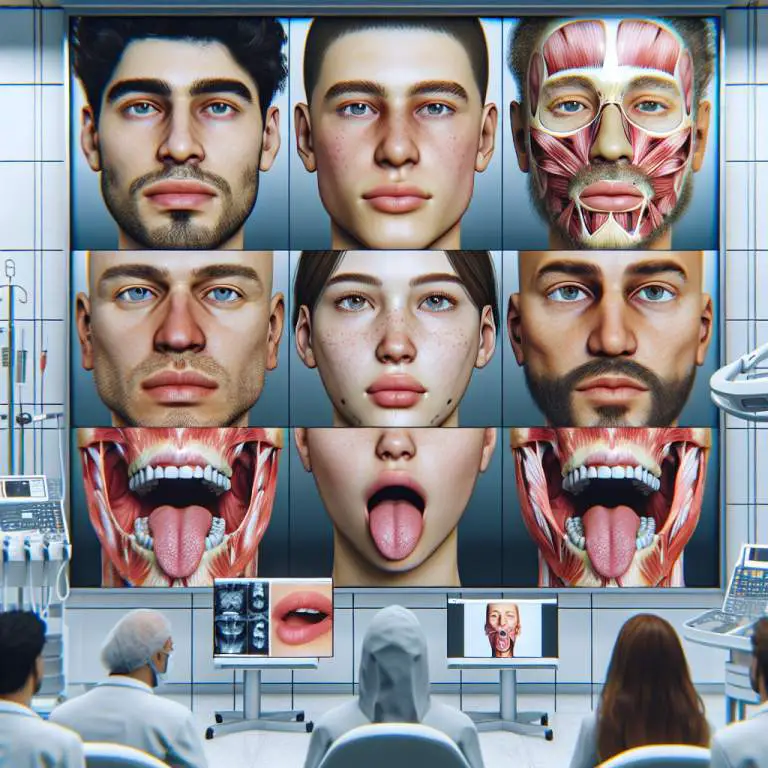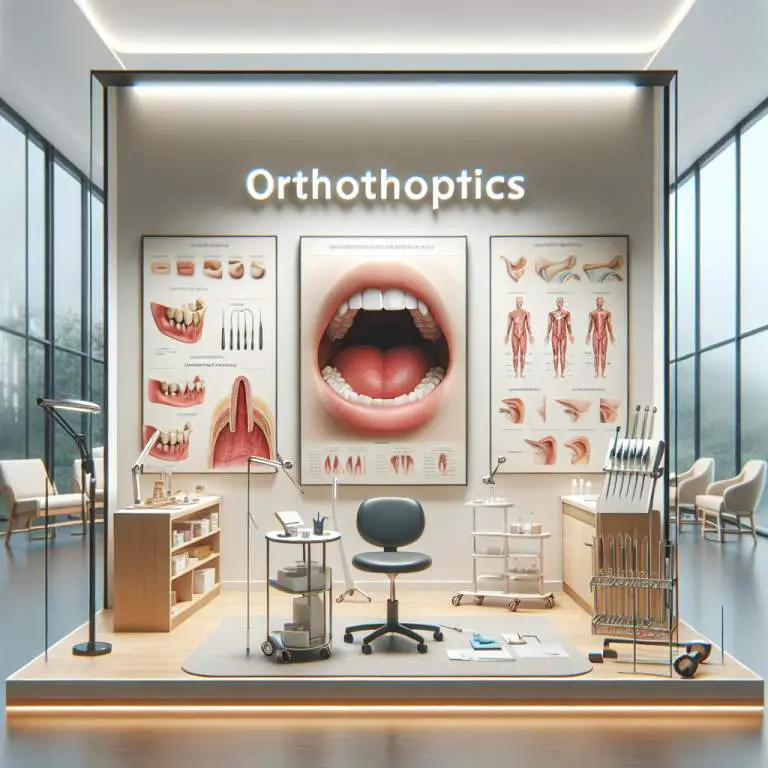What future research directions are suggested for mewing?
Future research on mewing could focus on long-term effects, comparing changes in facial structure over years between those who practice mewing and those who do not. Studies could also examine the impact of mewing on breathing, sleep quality, and jaw pain. Another area for exploration is the age at which starting mewing is most effective for achieving noticeable results.

How does mewing impact facial structure over time?
Mewing is a technique that involves positioning your tongue against the roof of your mouth. This action is believed to change the way your face looks over time. People who practice mewing think it can make their jawlines sharper and their faces more attractive.
The idea is that by keeping your tongue in this position, you’re applying gentle pressure. Over months or years, this pressure might help shape the bones in your face. It’s like how wearing braces can change the position of your teeth, but mewing is supposed to work on your whole face.
What are the current scientific understandings of mewing?
Right now, scientists are still trying to figure out if mewing really works. There aren’t many studies that have looked at it closely. Some experts believe that changing how you hold your tongue could have an effect on your facial structure, especially if you start at a young age.
However, other scientists are skeptical. They say there’s not enough evidence to prove that mewing can make a big difference in how people look. The human body is complex, and changing bone structure isn’t easy. So, while some people swear by mewing, we need more research to know for sure if it works.
Are there any age limitations to the effectiveness of mewing?
Many people wonder if there’s a best age to start mewing. Some say it’s more effective for younger people whose bones are still growing. Their faces might be more flexible and able to change shape easier than adults’ faces.
But that doesn’t mean older people won’t see any benefits from mewing. While changes might be slower or less noticeable, practicing good posture and tongue placement could still have positive effects on anyone’s facial structure over time. It’s just that younger individuals might see results faster.
What methodologies are used in studying the effects of mewing?
To study mewing, researchers use different methods. One common way is taking pictures of people’s faces over time to see if their features change with consistent practice of mewing techniques. They compare these images before and after periods of practicing mewing.
Another method involves measuring bone structures and angles in the face using special machines like X-rays or MRI scans. These tools help scientists see what’s happening inside someone’s head without having to do any surgery. By looking at these images, researchers can tell if there are any real changes happening because of mewing.
<
< td >Comparison with traditional orthodontics td >< td >How does the efficacy of mewing compare with traditional orthodontic treatments in terms of improving facial symmetry and structure? td >< td >To compare outcomes between individuals practicing mewing versus those undergoing conventional orthodontic treatments. td > tr >| Area of Mewing | Potential Research Questions | Expected Outcomes/Goals |
|---|---|---|
| Long-term effects | What are the long-term effects of mewing on facial structure in adults? | To determine if consistent practice of mewing over years significantly alters adult facial structure. |
| Impact on breathing and sleep apnea | Does mewing improve symptoms of sleep apnea and overall breathing quality? | To assess if mewing can be an effective non-surgical treatment for sleep apnea and other breathing issues. |
| Dental health implications | How does mewing affect dental alignment and health over time? | To explore the impact of mewing on dental health, including potential benefits or risks to teeth alignment and gum health. |
| Muscle adaptation and changes | What muscle adaptations occur due to consistent mewing, and how do they affect facial aesthetics? | To understand the specific muscle changes that result from mewing and their implications for facial aesthetics. |
| Pediatric implications | Is there an optimal age to begin mewing, and what are its effects on developing facial structures in children? | To investigate whether starting mewing at a certain age during childhood can positively influence facial development. |
| Psychological impacts td >< td >What psychological impacts does practicing mewing have, particularly regarding self-perception and confidence? td >< td >To examine the psychological effects of engaging in mewing, including any changes in self-esteem or body image. td > tr > | ||
How do individual anatomical differences affect mewing outcomes?
Different people have different bone structures in their faces. This means that the results of mewing can vary a lot from person to person. Some might see big changes, while others might not notice much difference.
Things like the shape of your jaw, how your teeth are arranged, and even how old you are can influence how well mewing works for you. It’s important to remember that everyone’s face is unique, so the effects of mewing will be too.
What psychological impacts does practicing mewing have on individuals?
Practicing mewing can make some people feel better about themselves. When they see positive changes in their facial structure, it can boost their confidence and self-esteem. This is especially true for those who are very self-conscious about their appearance.
However, not everyone feels this way. For some, if they don’t see the results they were hoping for, it can lead to frustration or disappointment. It’s important to have realistic expectations and understand that changes can take time.
Can mewing influence oral health and how?
Mewing might help improve oral health by encouraging better posture of the tongue and jaw. This can lead to improved breathing through the nose instead of the mouth, which is healthier for both your teeth and gums.
Breathing through your mouth too much can dry out your gums and teeth, leading to problems like cavities and gum disease. So, by promoting nose breathing, mewing could potentially help prevent these issues.
What future research directions are suggested for mewing?
There’s still a lot we don’t know about mewing. Future research could look into how effective it really is across different age groups and facial structures. Scientists could study large groups of people over many years to get more accurate results.
Another interesting area for research would be to explore more deeply how mewing affects oral health. Studies could examine whether it really does reduce problems like gum disease or misaligned teeth over time.
Final Thoughts
Mewing has become quite popular online with many people sharing their success stories. However, it’s important to approach it with realistic expectations and understand that results can vary greatly due to individual differences.
If you’re thinking about trying mewing, remember that patience is key. Changes won’t happen overnight but improving your tongue posture could potentially benefit both your appearance and oral health in the long run.







